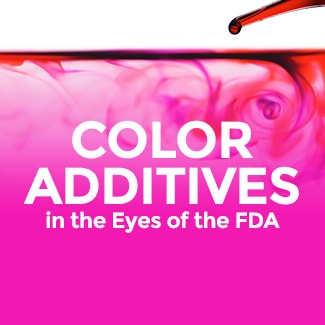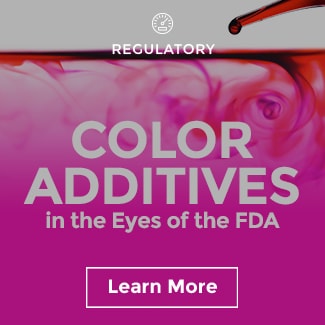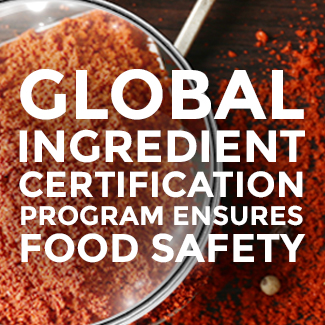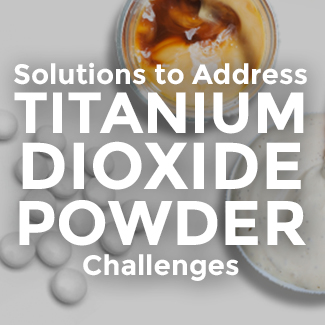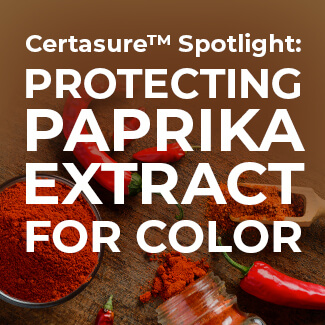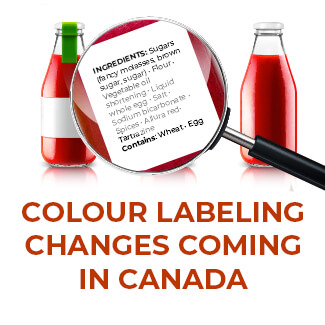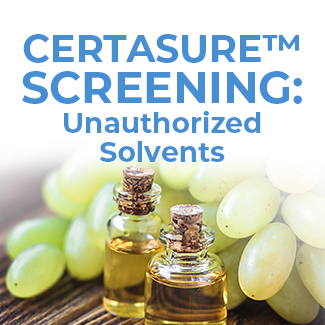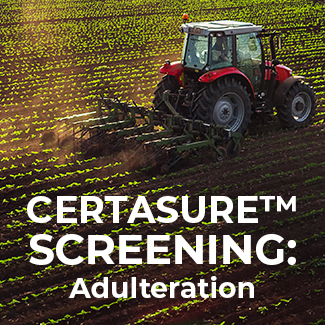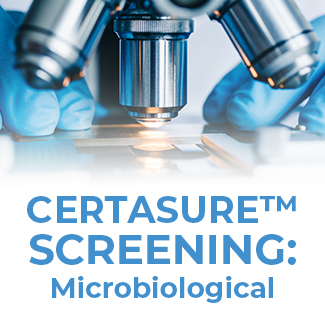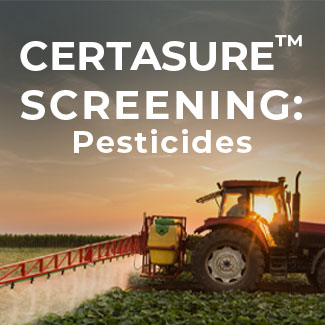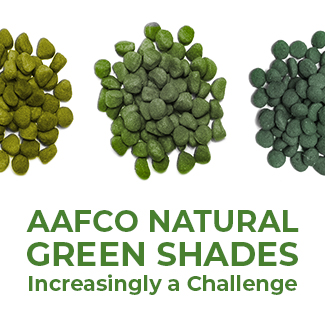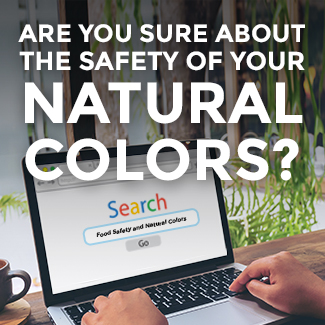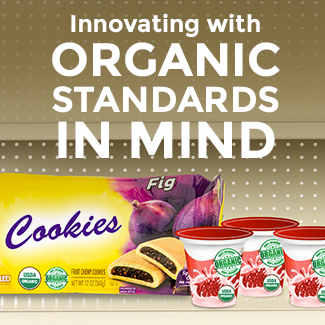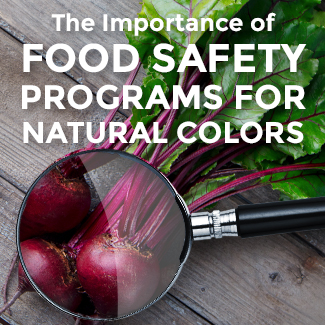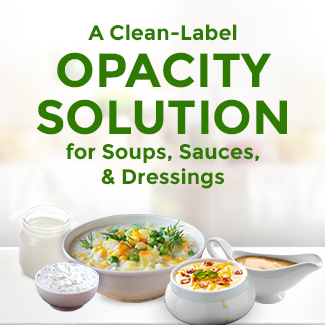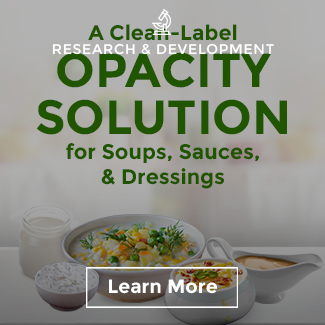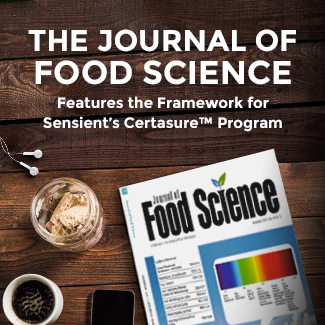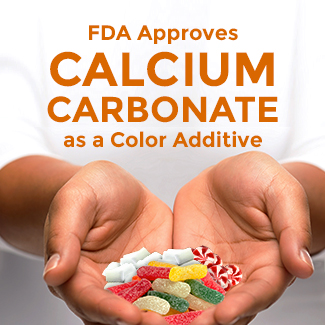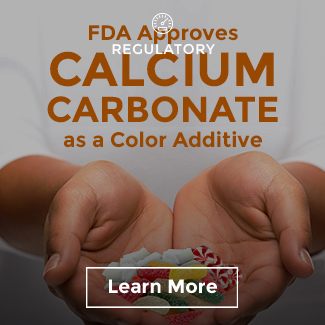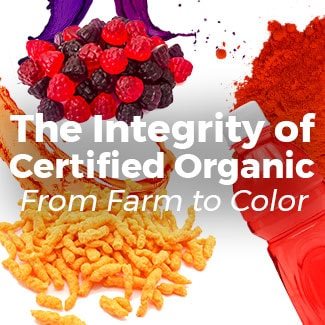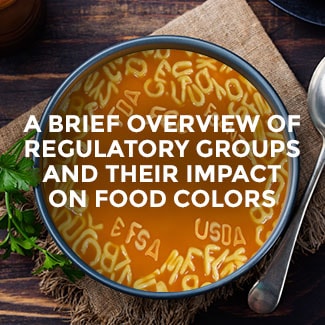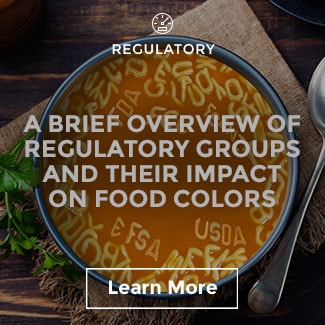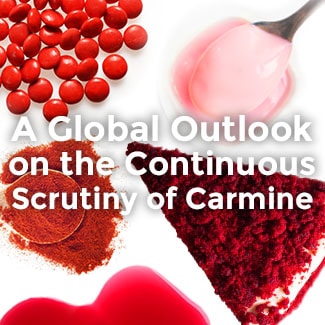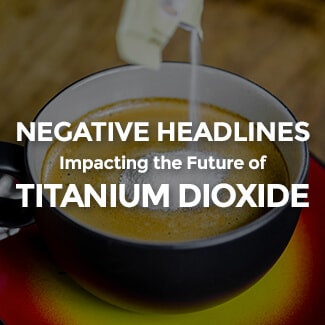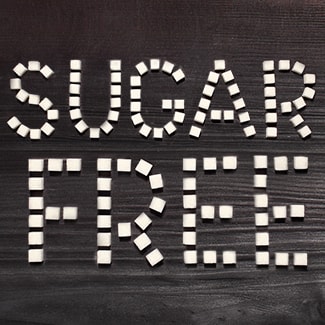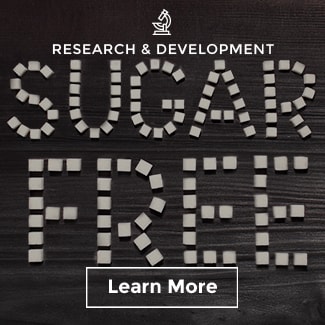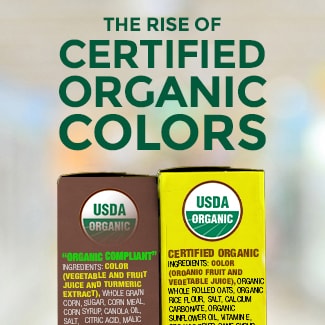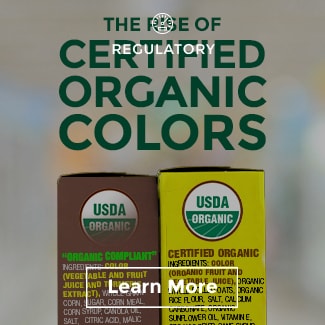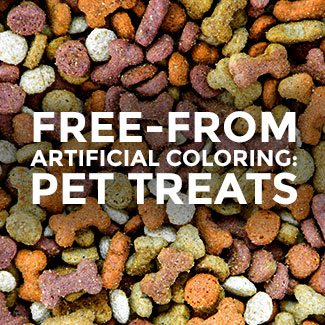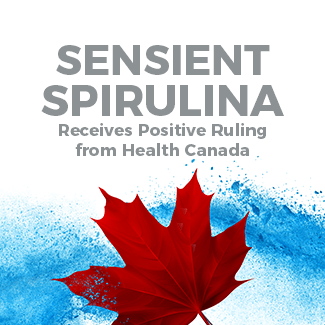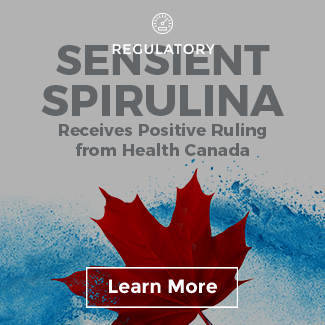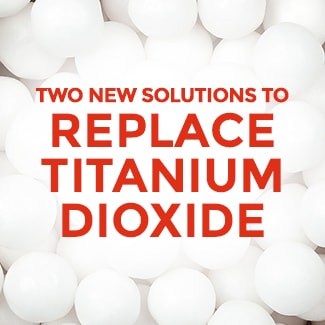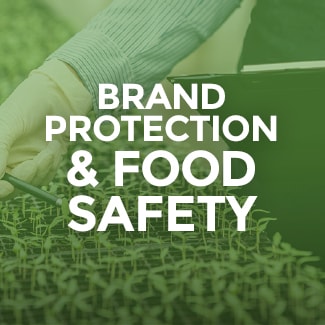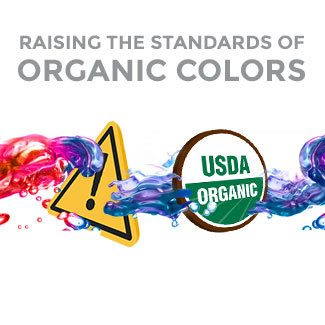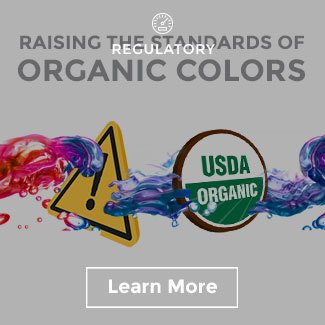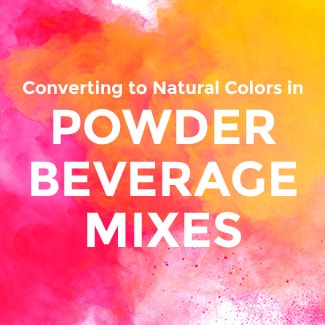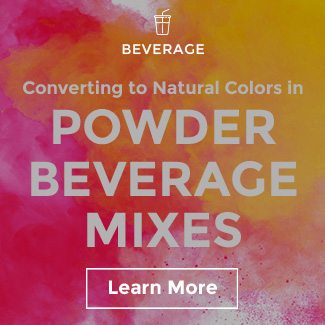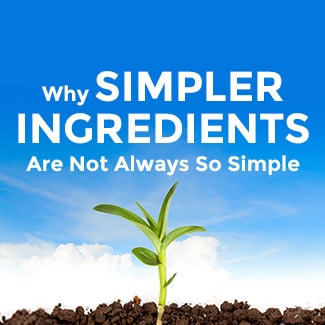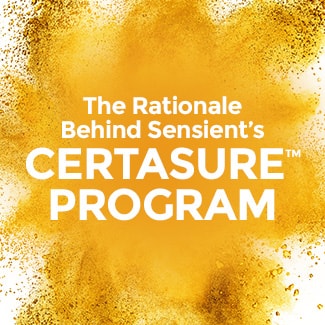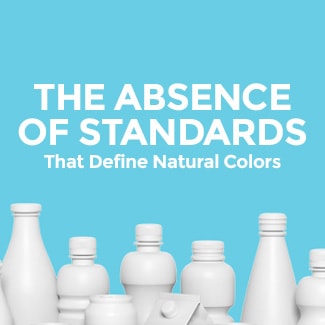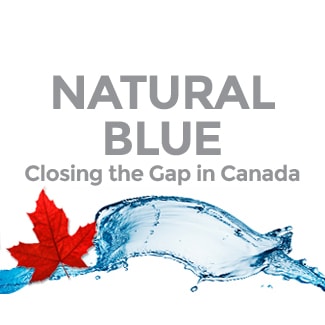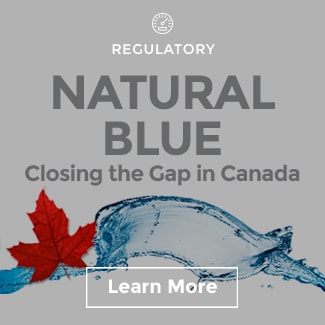Q&A on Heavy Metals in Food Products
In February 2021, the U.S. House of Representatives sub-committee on Economic and Consumer Policy issued a report alleging commercial baby foods are tainted with significant levels of toxic heavy metals. The report also compared the level of heavy metals permitted in infant and toddler food products to other commercial products’ limitations, using bottled water as point of contrast. Additionally, the sub-committee condemned manufacturers for only testing ingredient components for heavy metals, noting the testing should not only be conducted on ingredients but also on the entire finished good product so that full transparency is assured.
This report raised many questions and concerns for food manufacturers.
Here are some that have been posed to Dawn Young, Sensient’s Director of Product Safety and Process Improvement:
Is bottled water the right benchmark for comparison?
What is the issue with testing only ingredients?
Is there any risk that food color might contain heavy metals?
For answers to these questions and others, we asked Dawn Young, the Director of Product Safety and Process Improvement at Sensient Colors.
Q: One criticism from the House sub-committee was that infant and toddler food manufacturers were only testing ingredients and not the finished product. Can you explain why this might make a difference?
A: When you test individual components or ingredients, all of them could be safe and fall below the allowable limits. However, there can be an additive effect if a number of ingredients have low levels of metals. This could conceivably put the finished product above an allowable limit. So there is some truth to the sub-committee’s argument, although in practice this may not be an issue for most products. I would say that it is always safer to test the finished product in addition to ingredients.
Q: For bottled water, the FDA currently has maximum allowable limits for heavy metals of 10 parts per billion (ppb) of arsenic, 5 ppb of lead, and 5 ppb of cadmium. This was used as a benchmark by the committee. Is this a good benchmark?
A: This is a difficult question to answer. You to have to remember that standards for everything change over time. It is likely that FDA hasn’t reviewed the allowable limits for baby and toddler foods in quite some time. Also, it is important to note that FDA considers the average daily intake (ADI) over the typical person’s lifetime. For bottled water, the exposure is going to potentially be much higher than for infant or toddler food ADI. It is a very different exposure period.
You can certainly make an argument that FDA should take another look at the allowable metal limits for baby and toddler foods, but it is a complex issue. I am not sure that bottled water is the best benchmark.
Q: The committee highlighted some organic brands as having high levels of heavy metals. Is it possible for organic ingredients to have higher levels of heavy metals than conventional counterparts?
A: It is entirely dependent on where the food is grown, the soil, and the water used. The answer is most definitely ‘yes’ – an organic ingredient could quite possibly test higher than a conventional version of the same ingredient.
Q: Is there any risk that heavy metals are in Food Colors?
A: There is always a danger that Food Colors can contain heavy metals. We see it quite frequently in our samples. For example, turmeric, a natural yellow color can sometimes test for high levels of heavy metals like lead. Just as is the case with organic colors, it really depends on the environment where the product is grown or produced. That is exactly why at Sensient we test all incoming raw materials to ensure the color is safe.
Q: What heavy metals does Sensient test for in its color?
A: There are four main metals we test for on all incoming raw materials – cadmium, lead, mercury, and aresenic. Additionally, we also do a total heavy metal test just to check the additive effect.
There are a couple of other key points I would like to cover. Sensient uses approved standard test methods. We test to less than 1 ppm and meet all requirements set by US FDA, Health Canada, JECFA, and EC depending on the region where we sell the color. Standards for heavy metals can vary by region or country. This is a really important consideration for those who import color or finished food products.
We can also test to meet a unique customer requirement. If you have questions about Sensient’s natural colors food safety program, Certasure™, or the safety of the ingredients in your food and beverage products, please feel free to reach out to schedule a consultation with me and my team. You can also get started on your next formulation with safe, secure colors by requesting a sample today.



